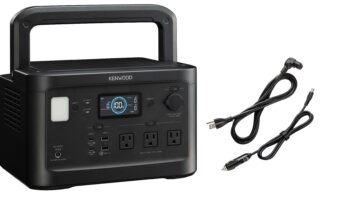
Arlington, Va. – A new TV energy-consumption test proposed by the Department of Energy had the Consumer Electronics Association (CEA) spitting kilowatts Wednesday for presenting a wasteful, redundant and unnecessary pile of red tape, in light of public/private programs already in place.
Gary Shapiro, CEA president and CEO, issued a statement on the U.S. Department of Energy’s (DOE) move to mandate a test procedure for measuring power consumption in televisions.
“DOE’s rulemaking for television test procedures is wasteful and unnecessary in light of industry leadership and accomplishment on energy efficiency in this major product category.”
In January 2012, the DOE issued a notice of proposed rulemaking to establish a new test procedure to measure power consumption in televisions. The DOE proposed amendments to its TV test procedure in a March 2013 supplemental notice of proposed rulemaking. It has now issued a final rule to establish a new test procedure to measure power consumption in televisions.
Instead of reinventing the wheel with its own test procedure, Shapiro said the DOE should have deferred to the existing industry consensus standard, known as CEA-2037, which was developed with input from interested industry and non-industry stakeholders and which properly constitutes the United States testing standard for measuring power consumption in televisions.
“By mandating its own test procedure, DOE has tied everyone’s hands, limiting the ability of industry to maintain standards that benefit consumers and existing programs such as Energy Star and EnergyGuide,” Shapiro said. “DOE’s test procedure may be very similar to the industry standard CEA-2037, but not exactly the same, and because it is locked into law, it will not keep pace with technology changes relevant to TV energy use and disclosures of energy use to consumers.”
Shapiro added that CEA and its members have long lead energy-efficiency initiatives related to the consumer electronics industry.
“Televisions in particular are an energy-efficiency success story thanks to innovation, competition and the Energy Star program,” Shapiro said. “We strongly oppose the DOE’s attempt to trump successful industry solutions and programs with unnecessary government regulations. Especially now in Washington, D.C., can we really afford to spend time and taxpayer dollars duplicating and undercutting private sector initiatives?”













